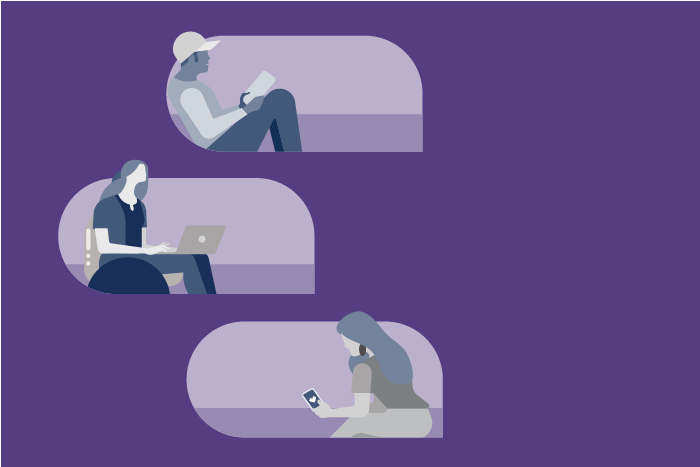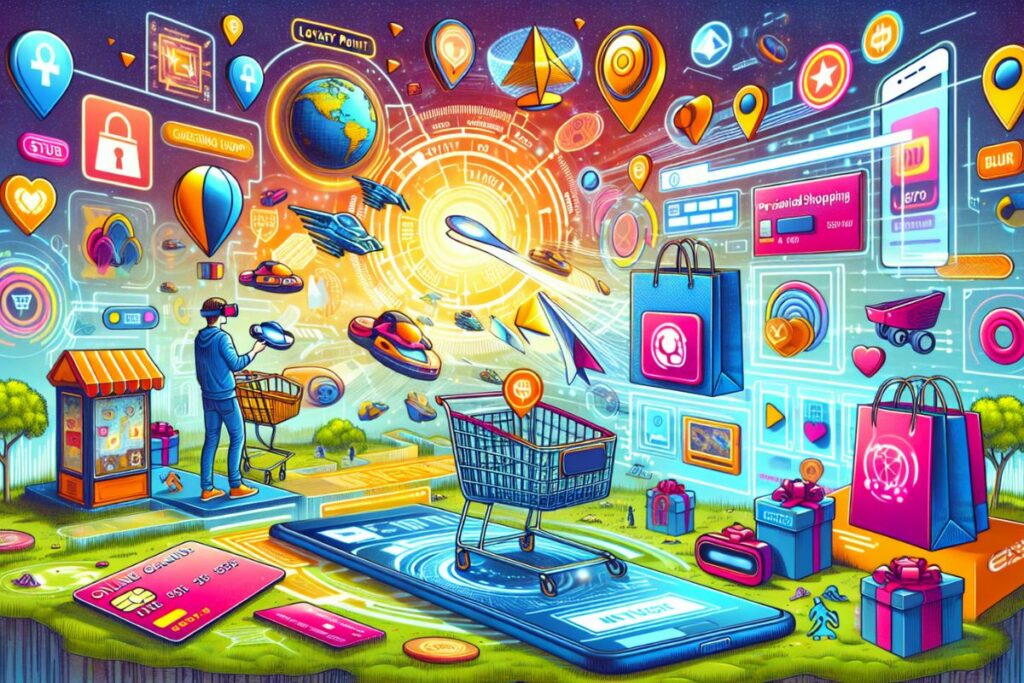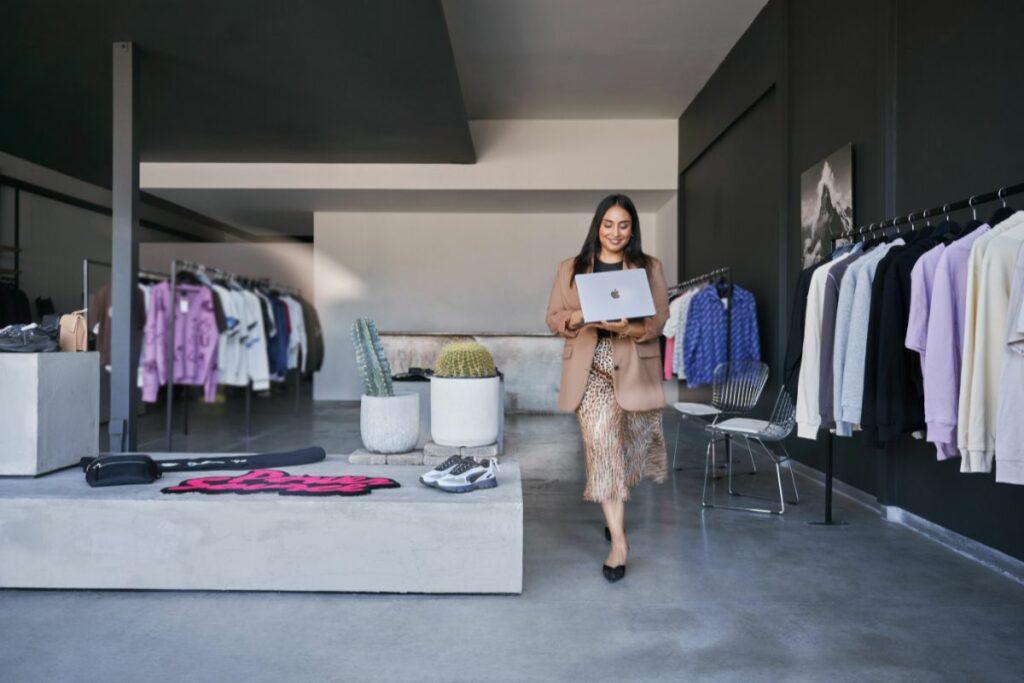2020 has been quite a year—and most retailers are feeling the scars. According to Forrester, UK retailers will see a £56 billion loss in 2020, a decline of 11.4 per cent from 2019.
Analysts expect the third and fourth quarters to see a slight increase in spending. However, Covid-19 is going nowhere fast, and consequently, nearly half of consumers do not expect to resume shopping in brick-and-mortar shops for some time. The UK unemployment rate is expected to more than double to nine per cent by the end of the year, further stifling consumer confidence.
Retailers are looking for ways to ride out the storm and mitigate the impact on their businesses. They’re cutting costs as much as possible, innovating in-store to facilitate safe shopping experiences, and driving digital engagement and eCommerce sales as much as possible.
Some retailers are turning to social media, not only to build and maintain digital connections with consumers but also to listen to consumers so they can proactively address concerns and coax shoppers back to physical and online stores.
Consumers’ Top Shopping Concerns
To demonstrate the insights retailers can glean from social, Hootsuite conducted short social listening activity to discover the top concerns consumers are discussing online.
Concern #1: Social Distancing
Conversations taking place on social media demonstrate consumers’ concern about the lack of social distancing measures.
Update 2 (24/03/2020)@Waitrose has, today, introduced a social distancing queuing system and is limiting number of customers in the store at any one time. Another sensible move well handled by polite security staff.
Well done again, Waitrose. pic.twitter.com/YMk97mapOm
— Nick Stevenson 🌊🐟 NOW WASH YOUR HANDS (@NickStevenson63) March 24, 2020
What Retailers Can Do
If consumers remain discontented about social distancing measures in stores, retailers can direct them to other channels. For example, retailers can introduce or expand delivery options (delivery is twice as popular as in-store pickup for safety reasons). They could also leverage social media platforms like Instagram and Snapchat to enable social shopping. Combining social shopping with paid social ads can pay dividends for retailers. After all, 43% of people are using social media more frequently than before the pandemic.
Concern #2: Mask-Wearing
There is much debate taking place on social media about the new rules for mask-wearing in parts of the UK. Most conversations are positive about mandatory mask-wearing in stores. There is evidence of a demand for retailers to take the lead on mask policy at their stores.
I wear a face mask every time I visit the supermarket. I don't like them but I respect life over ego.
— C'est La Vie (@WhatsEuroPinion) July 12, 2020
What Retailers Can Do
As the situation continues to evolve, retailers can keep customers updated with their store’s actions. By using social media to share updates via simple social cards or through live videos and Q&A sessions with customers, retailers can build trust with customers and encourage them to return to the store.
Concern #3: Social Customer Service
Social media is the channel of choice for customers seeking answers to questions about store closures, social distancing guidance, appointment enquiries—and customers are quick to share both positive and negative feedback about their brand experiences on social too.
Hi Richard, I hope you’re well 😁 thanks so much for your lovely message, we’re glad you’ve received great customer service! If you need anything at all, just let us know. Have a fab day! 🤗 Cathy
— NatWest (@NatWest_Help) July 28, 2020
In times of crisis, frequent and transparent communication is critical—56% of consumers are concerned about whether the information they read online is accurate. As such, retailers should strive to be the single source of truth for their customers.
We're passing back temporary VAT savings to our lovely customers. So over the next few days, you’ll notice lower prices on your favourite coffees, hot food and a few other treats. Cheers! pic.twitter.com/lLWlulUdHt
— Pret (@Pret) July 15, 2020
What Retailers Can Do
Retailers can use social media to proactively inform customers about reopening news, social distancing rules, contact-tracing or mask-wearing policies, and so on. If a store uses instant chat functionality like Facebook Messenger or Instagram’s direct messaging, retailers should ensure that the accounts are manned and that customers receive a prompt response to avoid frustration and negative social media.
This research is just the tip of the iceberg in terms of the insights retailers can gain from social media. They can also:
- Listen for and respond to any negative press about their store.
- Understand rapidly changing customer behaviours and market the right products at the right time.
- Leverage social listening insights to inform a paid ads strategy.
Social Media’s Role in the Retail Recovery
The average consumer today has almost eight social media accounts. However, 96% of the conversations that happen on these channels are unbranded, meaning that a brand is not tagged or explicitly mentioned.
Social listening and sentiment analysis can help retailers tune into these subtle conversations, capture sentiment, and address concerns to boost consumer confidence. It also provides valuable data to help retailers navigate the continually shifting Covid-19 landscape. By connecting social data to other sources of digital intelligence such as your website analytics, purchase and in-store data, as well as CRM systems, retailers can focus on omnichannel integration and leverage attribution models to show the bottom-line value of their efforts.
In this way, social media can truly drive the retail recovery process.
If you’re interested in how social media can help retailers in the post-virus era, sign up for Hootsuite’s social listening webinar on August 12th
Sponsored


















